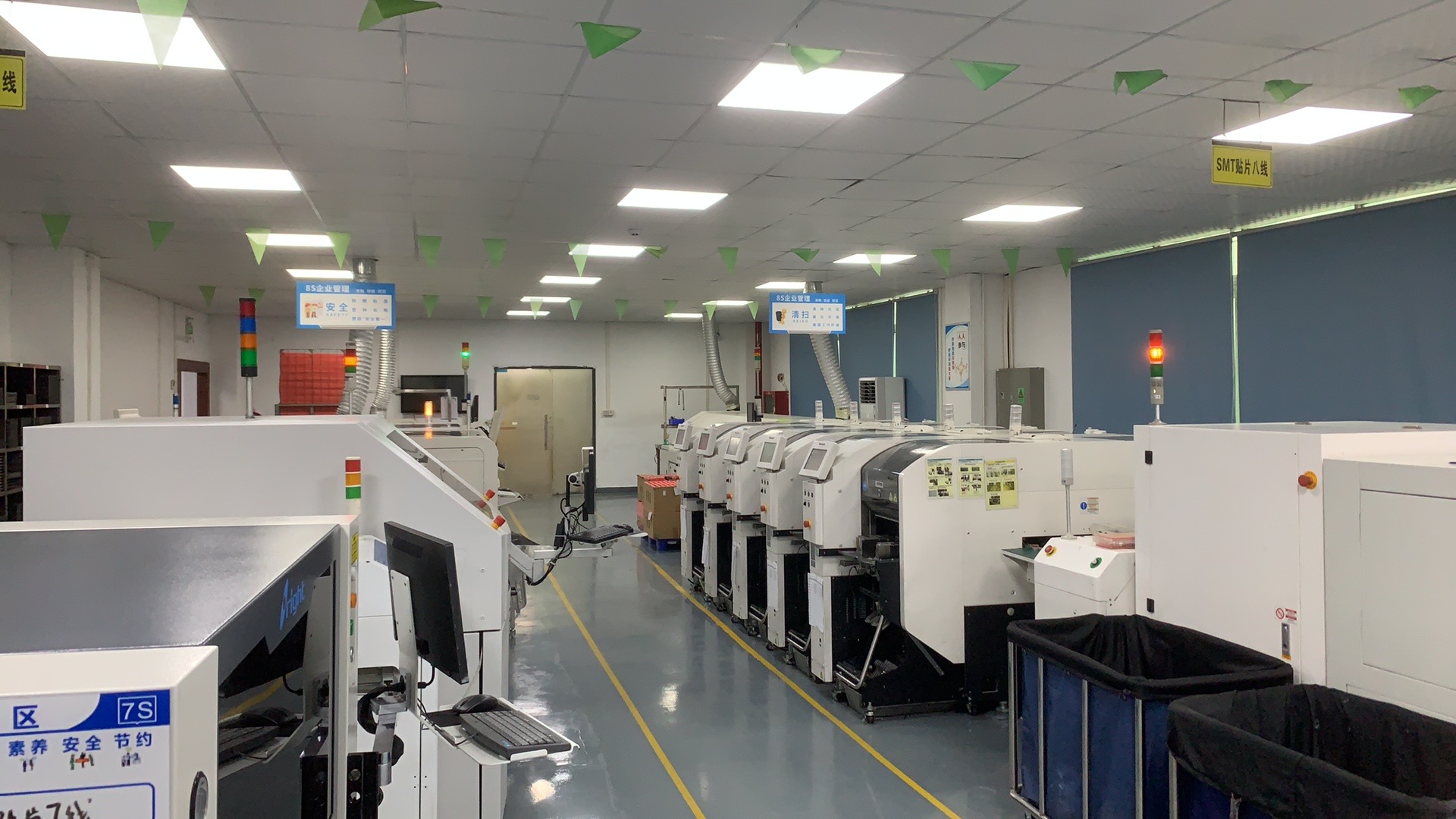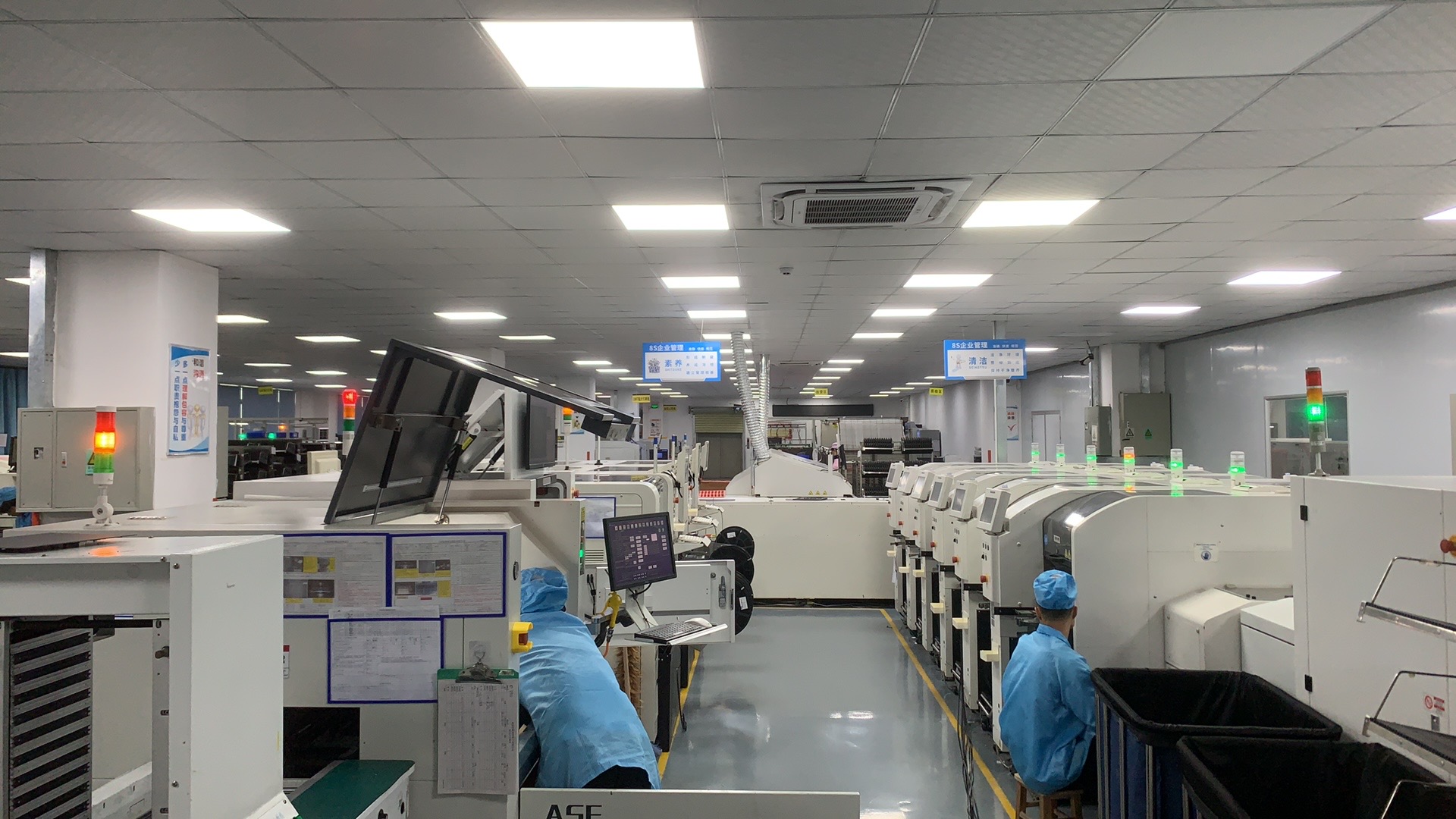- Home
- About Us
- Products
- Project Cases
- Support
- News
- Contact Us
Hot Keywords:
- All
- Product Name
- Product Keyword
- Product Model
- Product Summary
- Product Description
- Multi Field Search
Views: 0 Author: Site Editor Publish Time: 2024-07-29 Origin: Site
From outdoor billboards to indoor video walls, manufacturing LED screens is a complex process that requires many detailed steps to ensure a high-quality display. This article takes you to complete the production of a single LED module and shows the detailed work in the production of LED screens.
LED screen, short for light-emitting diode screen, is a display technology that uses tiny light-emitting diodes to create images and videos. When an electric current passes through, these diodes light up, producing vivid colors and high brightness levels.LED display screen is widely used in advertising media, sports events, stage performing arts, convention and exhibition, and other fields.
Compared to traditional LCD screens, they are designed to provide stunning visuals while improving clarity and energy efficiency. In addition, this technology has revolutionized the visual experience, providing sharper images and more vibrant colors, making it an integral part of modern electronics.
LED screens have many advantages that have revolutionized the field of display technology. Here are some of the main advantages:
brightness, the brightness reaction speed of a single element of the LED display is 1000 times that of the LCD screen;
power consumption, LED power consumption compared with LCD, its ratio is about 10:1;
viewing Angle, LED can provide up to 160° viewing Angle, great advantage;
refresh rate, LED use electrical energy into light energy, the principle of injection, so its refresh rate is higher;
Contrast ratio, LED display can be higher and more widely used;
appearance, LED based on light emitting diodes, compared with LCD, its display can be thinner;
the scope of use, the application of LED display is wider than LCD display, and can use multiple displays for networking broadcast;
service life, LED display can generally support about 100,000 hours, under normal circumstances, can be used for decades;
color, LED screen than LCD screen color is more real;
environmental protection, LED screen does not contain mercury and other toxic substances, making it a safer and more environmentally friendly choice for users and the environment;
Versatility, LED screens come in a variety of sizes and shapes, making them suitable for a variety of applications from small handheld devices to large digital billboards.
Nowadays, LED screen is of vital importance, can improve from indoor display to outdoor billboards and other places of different visual experience. Understanding the main components of LED screens helps us understand how they work and their flexibility.

Driver ICs serve as the brains of an LED screen. They control the flow of electrical current to the LED modules, ensuring precise illumination and color accuracy. The driver ICs also play a crucial role in managing brightness levels, color temperature, and screen refresh rates.
These integrated circuits have advanced features like pulse-width modulation (PWM) to enable dimming and power-saving capabilities. Driver ICs are highly efficient, contributing to the LED screen’s overall energy efficiency and reliability.
The power supply converts the incoming electrical power from the primary source into the appropriate voltage and current required to operate the LED screen. It ensures a stable and reliable power flow to the LED modules and driver ICs, preventing damage due to voltage fluctuations.
Depending on the screen’s size and application, the power supply can be an external component or integrated into the screen itself. Energy efficiency and safety features are critical considerations in designing the power supply for LED screens.
LED screen is the core of the LED module, it consists of a large number of in a specific grid pattern of light-emitting diode (LED).LED is a semiconductor device that emits light when current passes through it. The size and spacing of modules (the distance between adjacent pixels) determine the resolution and pixel density of the screen LED modules come in various shapes and sizes, allowing for flexible creation of screens of different sizes and aspect ratios. The design of these modules is easy to install and maintain, and can be seamlessly replaced when necessary.
The frame and cabinet form the physical structure of the LED screen, supporting and protecting the internal components. The frame holds the LED modules securely in place, maintaining the desired pixel pitch and alignment. It is often made of lightweight, durable materials like aluminum or steel to ensure easy installation and transportation.
The cabinet encloses the entire LED screen and is designed to be weatherproof (for outdoor screens) and aesthetically pleasing (for indoor screens). The cabinet’s design also facilitates proper ventilation to dissipate heat generated by the LED modules and other components.
Making LED screens combines advanced technology and detailed craftsmanship. Each step, from choosing raw materials to the final assembly, is carefully planned to produce the bright displays that are now a crucial part of modern life.

Preliminary preparation:
Select the right LED chip manufacturers, and work with them to develop product requirements and specifications. Determine the size, resolution and other parameters of the LED display, and design the corresponding circuit connection. Make production plan, determine the quantity and cycle of production.
Chip manufacturing:
Manufacturing LED chips is the core of the entire process. The material on the epitaxial sheet is grown layer by layer by chemical vapor deposition technology to form P-type and N-type structures. Then through lithography, corrosion, diffusion and other processes, the structure of the LED chip is made.
Encapsulation and assembly:
The manufactured LED chip is packaged into the LED lamp bead. First, the LED chip is pasted to the thermal conductivity base, and the gold wire is connected. Then, a transparent resin is added to the package base and cured to form LED lamp beads.
Lamp bead assembly:
The packaged LED lamp beads are assembled into the pixel particles of the LED display according to the design requirements. Through the precise assembly process, the LED lamp beads are connected and fixed on the substrate of the display in accordance with the pixel layout.
Program debugging:
After the completion of the package, the LED display program debugging. Set the screen brightness, display effect and other parameters.
Welding assembly:
The debugging LED display is connected with the control circuit for welding and assembly. The display screen is connected to the control circuit by wire to ensure normal data transmission.
Testing and quality inspection:
Test and inspect the assembled LED display. Test whether the normal operation, brightness, resolution and other indicators of the display meet the requirements. Quality inspection Check whether the display is qualified in appearance and electrical performance.
Packing and shipping:
Will meet the quality inspection requirements of the LED display packaging. According to the order requirements, packaging and identification, and then shipping.
LED display for outdoor use?
Yes, LED screens are designed to withstand a variety of environmental conditions, making them ideal for outdoor applications.
What is the life of LED display?
The service life of LED screens can exceed 100,000 hours, depending on quality and usage.
The size and shape of the LED display can be customized?
Yes, LED screens can be customized to meet specific requirements, allowing for a variety of shapes and sizes.
LED power consumption big?
No, LED screens are more energy efficient than traditional display technology.
How do manufacturers ensure color consistency in LED screens?
Manufacturers use precise calibration and color correction techniques to ensure uniform color reproduction.
Producing an LED screen, even just a single module, is a detailed process. It starts with careful planning, considering each component’s design and function. Precision is crucial during assembly, as every LED, circuit, and panel must be perfectly positioned for the screen to function correctly. After assembly, rigorous testing ensures each screen meets high image quality and durability standards.
Furthermore, skilled engineers and technicians work closely, utilizing advanced machinery and technology to achieve the best results. This guarantees the final product delivers superior image quality, vibrant colors, and sharp details, making LED screens suitable for various applications, from outdoor billboards to indoor video walls.
Moreover, LED screens’ versatility comes from their customizable size and shape, adapting to different spaces and needs. This flexibility, energy efficiency, and long lifespan have revolutionized the display industry, enhancing visual experiences and expanding the possibilities of digital displays in advertising, entertainment, public information, and art installations.